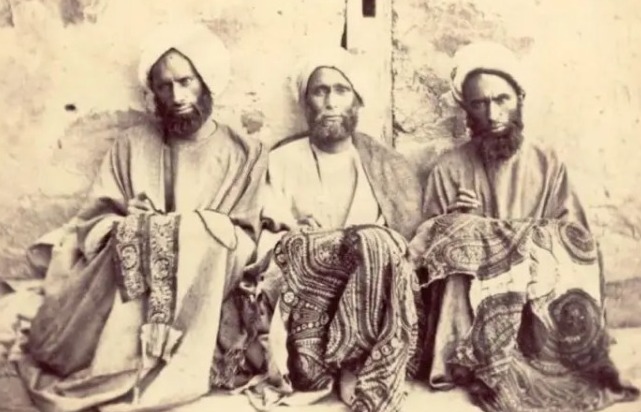
Long before the firstly commonly known uprising of 1931, at least 28 Kashmiris were shot dead by Dogra forces on April 29, 1865, when they were protesting against the cruel taxation by the government.
In 1865 around 125 thousand people were involved in the shawl industry. These included weavers, washer men, and skilled laborers having the know-how of printing. The industry generated more than Rs 50 lakhs annually. In that year, shawls worth 254 thousand British Pounds were exported from Kashmir.
Veteran Journalist Zaheer u Din states that despite the hard work of the weavers most of them made around Rs 5 to 7 every month and that too after working 16-18 hours a day. They had to pay tax to the tune of Rs 5 monthly. They could not change their profession or stop working. A heavy fine was imposed on the weavers who had unsuccessfully migrated to Lahore. Some of them were jailed.
The Government imposed brutal policies including heavy taxation, inhumane working conditions, meager wages, and a ban on moving out of weavers.
On 29 April, weavers gathered outside the house of Pandit Raj Kak Dhar, a Kashmiri Pandit official in charge of the Dagh Shawl Department, in the Zaldgar area of Srinagar. Pertinently Afghan governor, Haji Karimdad Khan had imposed the tax and it was then called Dag Shawl.
Dhar passed misinformation to the Dogras that he was being attacked to which the Dogra Army led by its Colonel, Bijoy Singh rained bullets on the protesters and attacked them with spears. Scores of Kashmiri protesters jumped off the Bridge at Zaldgar to escape the brutal attack on the protesters. However, at least 28 bodies were recovered from the river. At least a hundred more were wounded.
Historians have mentioned that later the people who remained at the forefront of the protest were imprisoned in various jails and were later tortured to death. Sheikh Rasool, Ubli Baba, Qudda Lal, and Sona Butt are some names which are mentioned in the historical records.
Fida Muhammad Hassnain noted historian said that Shawlbaf protest was perhaps the first “organized protest” in the history of class struggle in India. Former president SMC employees union, Haji Bashir described the day as Ummul Tehareek (mother of all movements).
Dr. Sheikh Showkat, who teaches International law states that The Shalbaf procession, is a very significant event in the history of Kashmir. It was the first ever agitation against the exploitative work system. It was a big event in the global context as it took place much before the historic May Day of 1886. “The Shawl Weavers protest becomes globally important in a way that it occurred many years before the May Day. But it is pity o our part that we ignore our own martyrs who rebelled against the oppressive system,” Dr Showkat said.
